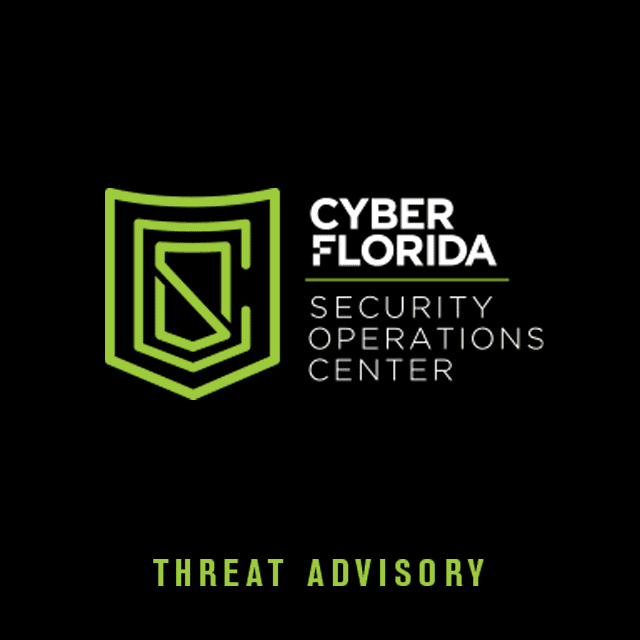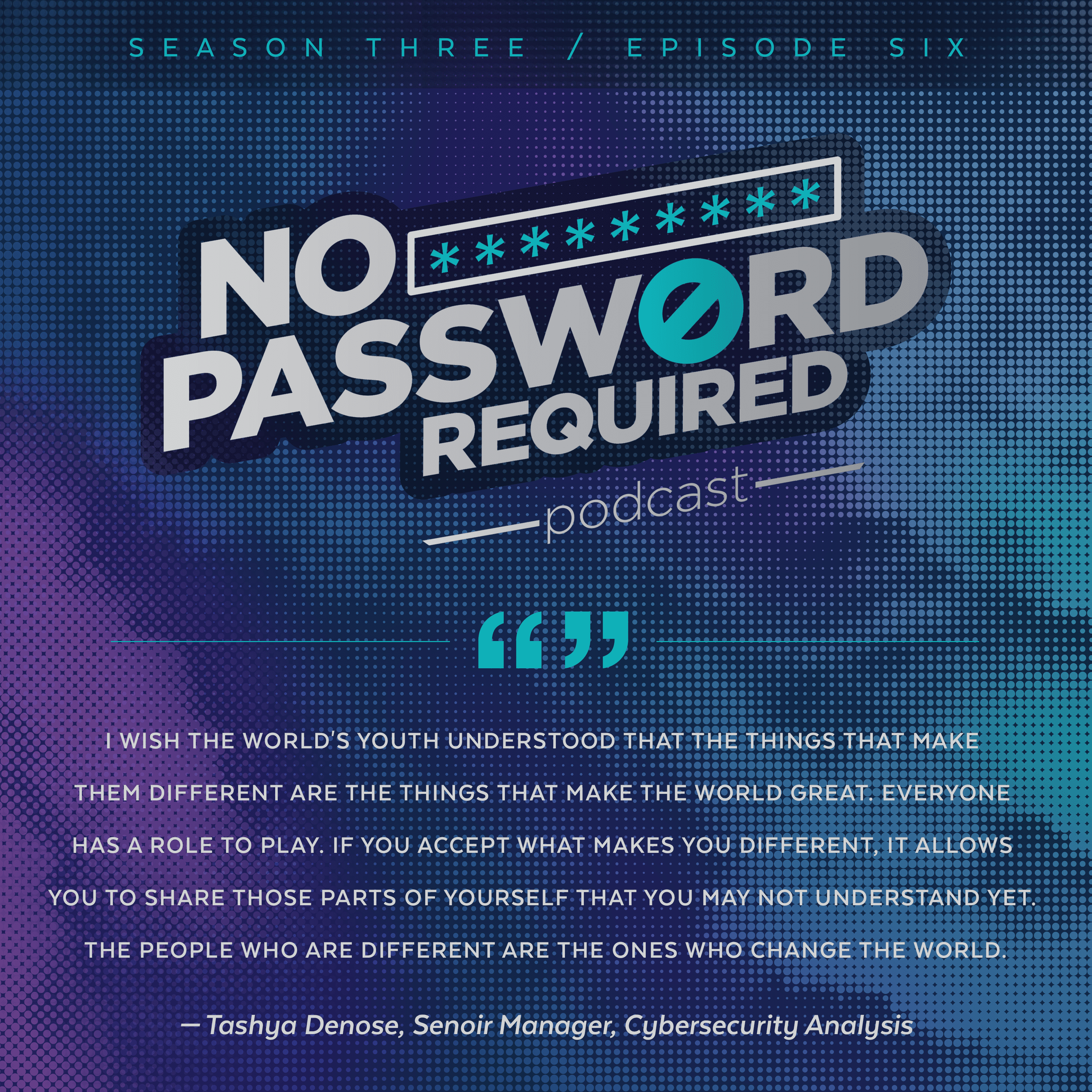There’s no question that student loan debt is a major problem for many people in the U.S. In fact, researchers estimate that there are currently more than 44 million Americans with student loan debt, and the average U.S. household that has student loan debt owes just over $57,000. With so much debt, it’s no wonder that there are people out there who are looking for ways to get rid of it. And that’s where student loan forgiveness scams come in.
There are a lot of companies and individuals out there who claim they can help you get your student loans forgiven. But the truth is, most of these offers are too good to be true. And if you’re not careful, you could end up getting scammed.
Recognizing a Federal Student Loan Forgiveness Scam
There are a few different types of student loan forgiveness scams out there. Here are three of the most common:
The company promises loan forgiveness for a fee. This is probably the most common type of scam. But the truth is, you don’t need to pay anyone to get your loans forgiven. The government has a number of programs that can help you get rid of your debt, and you can apply for them for free.
The company promises to lower your monthly payments. This is something you can do for free. There are a number of government programs that can help you lower your payments, and you don’t need to pay anyone to access them.
The company promises to consolidate your loans. This can be a good thing or a bad thing, depending on the interest rate you’re currently paying. If you’re consolidating your loans at a lower interest rate, it can save you money. But if you’re consolidating your loans at a higher interest rate, it could end up costing you more in the long run.
If you’re considering student loan forgiveness watch out for:
- Guarantees: Be wary of any company or individual that promises to guarantee your student loan forgiveness. The truth is, there’s no such thing as guaranteed student loan forgiveness. So if someone tells you they can guarantee it, they’re probably lying.
- Upfront Fees: You should never have to pay any upfront fees for student loan repayment assistance. If someone asks you to pay an upfront fee, it’s a good sign that they’re a scammer.
- High Pressure Sales Tactics: Be wary of anyone who’s pressuring you to sign up for their program or make a decision right away. If someone is trying to rush you, it’s likely because they’re not legitimate.
- Promises of Quick Forgiveness: Be careful of anyone who promises quick and easy student loan forgiveness. The truth is, the process can take years. So if someone tells you they can get your loans forgiven quickly, they’re probably not being honest.
- Outrageous Claims: Be skeptical of anyone who makes outrageous claims about student loan forgiveness. For example, if someone tells you that you can have your loans forgiven in a matter of weeks, it’s probably too good to be true.
Immediate Action Steps
If you think you may have been a victim of a student loan forgiveness scam, it is important to take action right away to protect yourself and your finances. Here are some steps to take if you are scammed:
- Contact the three major credit agencies: Equifax, Experian and Transunion. Although loan scammers mostly focus on the fees, your personal information is in danger. Consider placing a freeze or fraud alert on your credit report. This will prohibit the scammer from opening new accounts in your name.
- Call your bank or credit card company right away if you paid a fee using your debit or credit card. By immediately reporting the transaction as fraudulent, you might be able to prevent paying the fee. They can also help you change any compromised accounts.
- Get in touch with your official loan servicer. They will be able to help guide you to secure your account and can help you with repayment.
- Update your FSA ID password right away if you gave the scam company your FSA ID.
Reporting the Scams
Reporting student loan forgiveness scams is crucial to helping others avoid being scammed. As a society, the more people that report online scams and fraud, the more national reporting data that is collected, and the better chance law enforcement has to catch the criminals and decrease cybercrime.
Whether you provided financial or personal information to scammers or not, report the incident to the following authorities:
- The Internet Crime Complaint Center: The IC3 will review your report and refer it to the appropriate federal, state, local and international agencies if necessary.
- Consumer Finance Protection Bureau: While the CFPB might now be able to help with specific case, they will use your complaint to shut down fraudulent companies.
- Your State Attorney General: Many State Attorney Generals take student loan forgiveness scams very seriously.
Find Legitimate Help for Student Loan Forgiveness
There are a number of government programs that help with loan forgiveness. And you can access these programs for free. So there’s no need to pay anyone for help. The U.S. Department of Education (ED) offers free and legitimate student loan forgiveness programs. Contact your official loan servicer to find out if you qualify.
If you’re considering student loan forgiveness, make sure you do your research and be careful of scams. There are a lot of companies and individuals out there who will try to take advantage of you. But if you’re aware of the signs of a scam, you can protect yourself.
To learn more about other scams affecting students, visit our education/scholarship scams page.
Article retrieved from Fight Cybercrime. View the original article: https://fightcybercrime.org/blog/student-loan-forgiveness-scams-are-on-the-rise/






